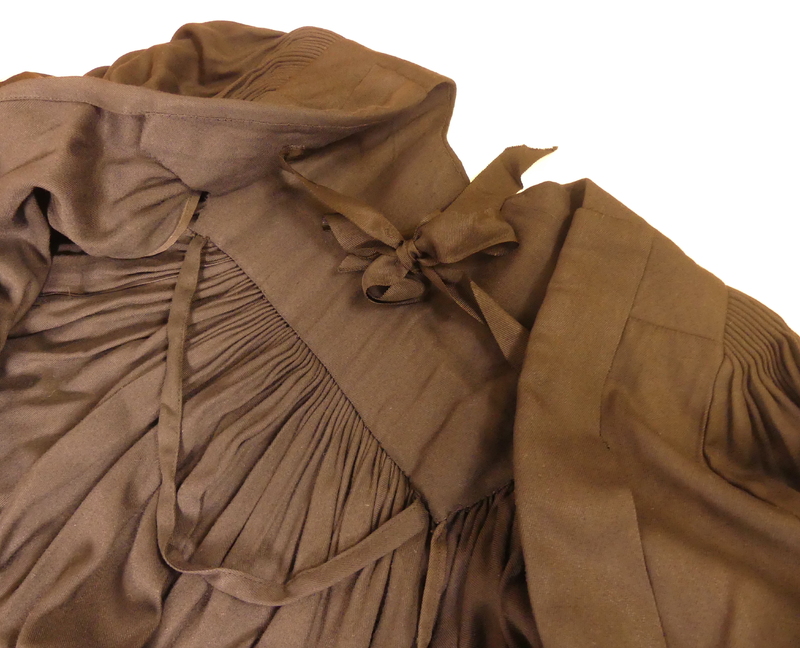Academic Day Gown
To commemorate the opening of the Worcester Street campus in 1877, Professor John Macmillan Brown spoke to students at the College, dressed in the formal scholar’s attire – a cap and gown. From this date, students and staff at the College were required to wear the formal dress while on campus, making Canterbury College the only university institution in New Zealand to implement a campus dress code.
For the next half century, the academic day gown was worn with pride, as it created a sense of community on campus. During the early years of the College, the gown also helped to legitimise the presence of female students, helping them to blend in, and showing they were just as much a part of the College as their male counterparts.
Both in and out of the classroom, staff members wore their gowns with a sense of honour and students looked to them with respect. In 1937, however, the campus dress code was revised and new regulations stated that students “shall be entitled to wear” a gown, but not that it was mandatory. By 1945, academic day gowns were considered impractical and undesirable, with only a few stalwart lecturers still wearing gowns by the 1960s. At the University of Canterbury today, the cap and gown are predominantly worn to graduation ceremonies and other special occasions. It would be highly unlikely to see a student or staff member wearing such formal attire on campus, let alone to a lecture.


